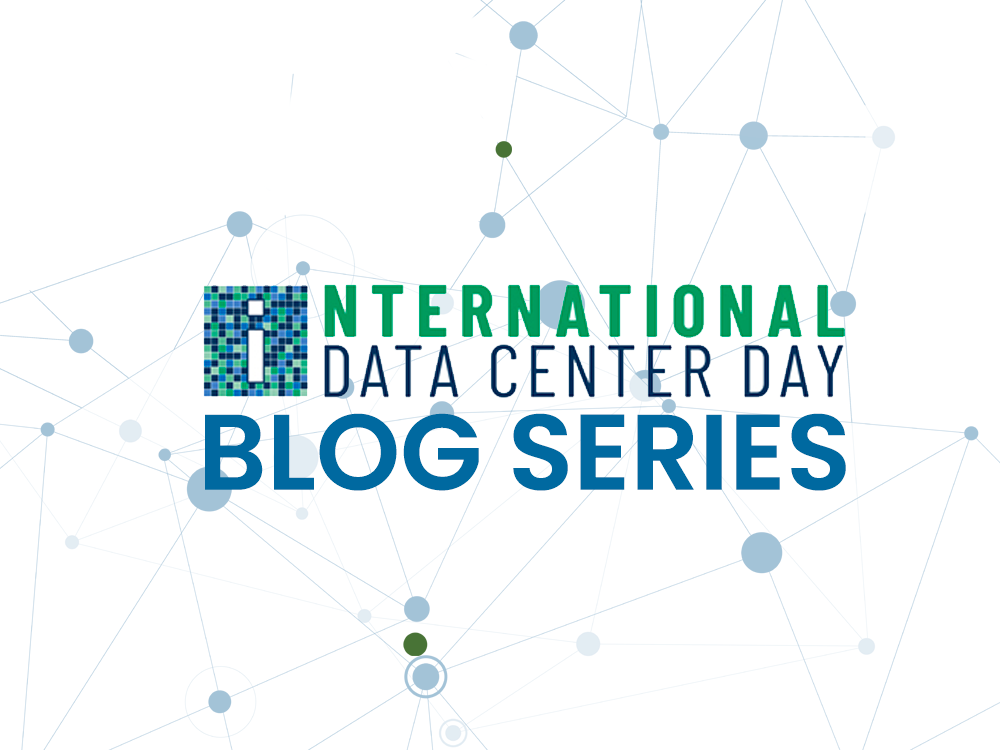To recognize International Data Center Day, RF Code is authoring three blogs looking at the proliferation of Edge Data Centers. RF Code commends the 7X24 Exchange International for creating this day to create awareness of the data center industry and to inspire the next generation of talent.
Looking at edge deployments as simply extensions of your core data center can get you into trouble if you don’t change your thinking. Although the equipment in each location may be minimal, because edge facilities are distributed across hundreds or thousands of different locations and often unstaffed they present unique differences.
- Complexity
Each individual facility needs the same attention as a core data center, housing servers, networks, storage, power and cooling that all needs to be managed and secured from a distance. If any edge deployments require customization that exponentially increases the time and resources needed to make that happen. Looked at as a whole and at scale, edge is more complex than a core data center. - Costs
Unlike a data center in a single location, tracking edge assets, reporting errors, securing the facility and ensuring power and cooling systems are working requires multiple different teams, different monitors and systems to manage across geographically dispersed area. Costs can skyrocket if the facilities are not managed cohesively as one system. - Efficiencies
Edge requires a different approach to efficiency than a single data center in one physical location. Efficiencies on the edge come from using technology that understands and works with this highly distributed environment, and treats it as one resource without silos. - Flexibility
Because edge facilities are individual and unique to each location, they are more flexible than a core data center when it comes to size, equipment, complexity and physical environment. While that flexibility can be a benefit, it can also add complexity and when not managed as a single system that flexibility becomes a hindrance – meaning problems can take longer to identify and the business may not have a view into the state and health of the infrastructure. - Visibility
Core data centers have the advantage of being staffed by trained IT personnel who can physically look at and touch assets if intervention is required. Edge facilities in dispersed locations are, by their nature, less accessible and less visible. Understanding that these deployments can be like a black box in some cases requires different management techniques and security considerations.
The edge requires advanced thinking and advanced capabilities. They are not simply mini-data centers to be treated the same. They require full understanding of how to scale up your IT.



